
13 minute read
New Input Review
ese products are available for the 2020 growing season.
Editor’s Note: Following is information on a new soil surfactant with a listing to the side of fungicides registered in the past couple years that may now have ample product available for use.

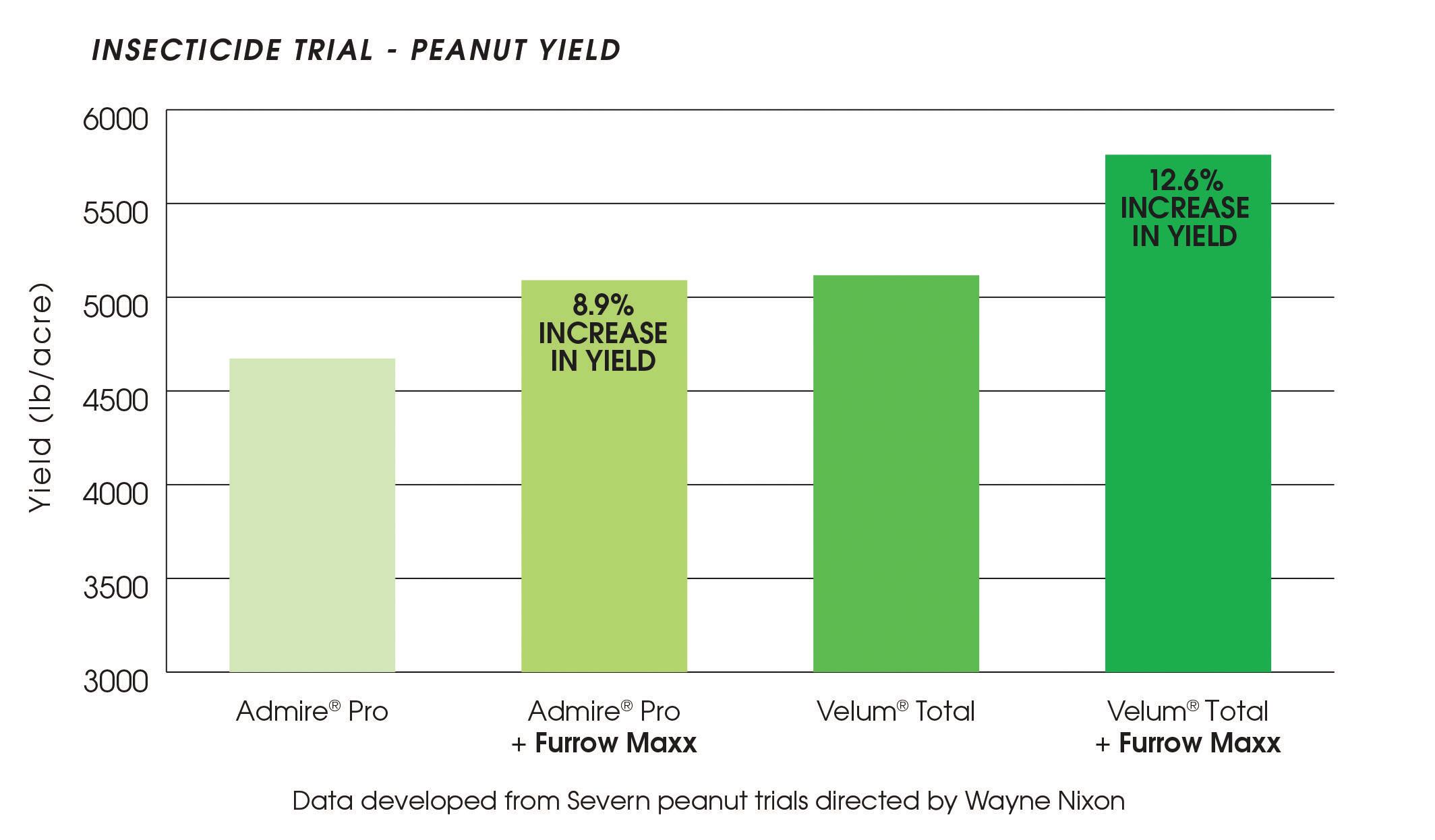
New In-Furrow Input Activator
Meherrin introduces a new in-furrow input activator to help peanut growers get the most out of their crop inputs. Furrow Maxx is a soil surfactant formulated to enhance the moisture environment in the seed furrow, benefitting any input applied in-furrow at planting.
According to press information from Meherrin, the combination of soil surfactants in Furrow Maxx optimizes the moisture conditions at planting, creating an environment for improved early season plant development. This also results in improved performance of seed or furrow-applied insecticides, fungicides, nematicides and other crop inputs such as inoculants and crops nutrients.
“Furrow Maxx has really impressed me with the ease of use, safety to inoculants, and performance in making the inputs work better,” says Wayne Nixon, peanut agronomist. “As grower’s consistently deal with unpredictable environmental conditions, here is the product that protects your investment.”
Furrow Maxx is a liquid formulation with a low use rate. It is compatible with furrow-applied pesticides and safe to combine in the tank with peanut inoculant.
To learn more about the products and services Meherrin provides, go online to https:// meherrinag.com/.
Furrow Maxx Soil Surfactant: • Easy to use, low use rate liquid formulation. • Safe to combine in the tank with peanut inoculant. • Compatible with furrowapplied pesticide or other products. New(er) Products • Aproach Prima fungicide from Corteva with activity on early and late leaf spot, rust. • Miravis fungicide from
Syngenta for use on early and late leaf spot. • Provost Silver fungicide from Bayer for use on early and late leaf spot, rust, white mold/Southern blight, Rhizoctonia limb rot and suppression of Cylindrocladium black rot. • Umbra fungicide from
Nichino America for management of early and late leaf spot and white mold. • Lucento fungicide from
FMC for use on early and late leaf spot and white mold. • Rancona V PD from UPL is a seed treatment that is showing activity against Aspergillus fungi. • MicroThiol Disperss from UPL is a micronized wettable sulfur with e icacy against the leaf spots, rust and spider mites. • Provysol fungicide from
BASF for use on early and late leaf spot, Rhizoctonia limb rot and white mold. • Veltyma fungicide from
BASF for management of early and late leaf spot, pepper spot, rust, web blotch, Rhizoctonia limb rot, peg and pod rot, white mold, Sclerotinia blight and CBR.
Always read and follow label directions.
Pointers




Know Your Seed Quality
Even though spring 2018 and 2019 were opposite in growing conditions, both proved that being aggressive early and planting as soon as the soil temperatures warmed up was good. Being timely last year paid off in getting a good stand and a solid start before going into six weeks of drought that followed. Planting before the third week of May gives us a yield advantage.
Last year’s warm winter led to heavy thrips pressure. We are likely to see that again, which is alarming given the amount of tomato spotted wilt virus last year. We can be defensive against thrips and TSWV, but there are trade-offs. Earlier planting increases the chances of TSWV. The optimum planting date in the middle of May reduces TSWV risk. The use of phorate also KRIS BALKCOM Auburn University Extension Specialist

reduces risk, and I advise using it if you plant in late April or the first of May. Conservation tillage, twin rows and a solid, uniform stand help combat TSWV.
When trying to get a good stand, sometimes we take seed quality for granted. This year, we know we have quality concerns. Knowing seed quality on the front end is critical, whether you send a sample for germination tests, run a quick test yourself or do both. We can then decide whether to plant, purchase more seed and blend it, or increase seeding rates. In addition to the seed treatment, an in-furrow fungicide helps ensure a good stand of peanuts. When contemplating seed quality, take into consideration soil temperature. Warmer is better. If you can plant your crop in a short time period, you can afford to wait until it is warm enough to give seed a better opportunity.
With cotton down 10 cents from last year, we don’t have competition for peanut acres. Try not to overplant the peanut market, which can be done easily. Hopefully something will change with the market to help us later this year.
Pay Attention To Soil Temperature
Planting in Texas will start at the end of April. Pay attention to soil temperature to determine the best time to plant. Optimum soil temperature for peanut germination is at least 68 degrees Fahrenheit for three consecutive days without a forecasted cold front.
In 2019, seedling vigor of peanut and cotton was weak in some early planted fields because of cool and wet soil conditions in May and even into June. Stressed seedlings will be susceptible to insects and seedling diseases, and uneven stand establishment can increase weed pressure. Early spring soil temperatures can change rapidly; therefore, pay attention to the soil temperature for successful stand establishment for the 2020 growing season.
Soil testing at the fruiting zone and water testing will help you finalize the in-season application of macro- and micronutrients. Soil testing is the only way to know the residual nutrient level to avoid over- and underfertilization. Calcium application should be based on a soil test sampled after crop emergence. This is one of the most important nutrients for peanut production, and a lack of calcium can lead to increased incidence of unfilled pods and pod rot. In the previous crop, if yield was lower than average or if it was abanEMI KIMURA Texas A&M AgriLife Extension Peanut Specialist
One giant leap for peanut growing.
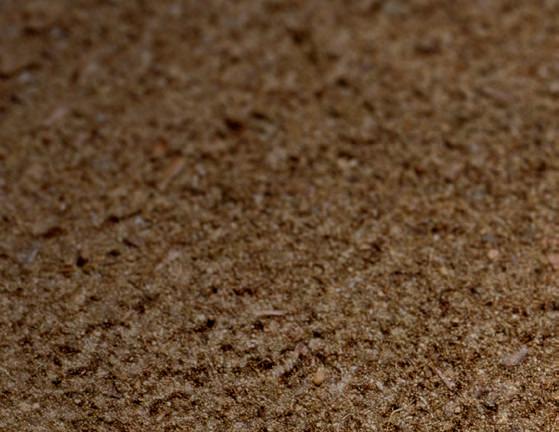






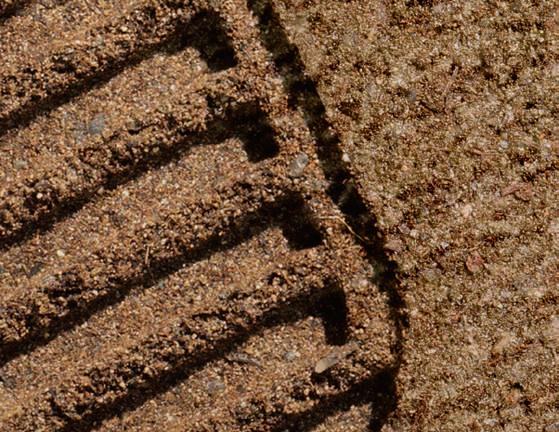





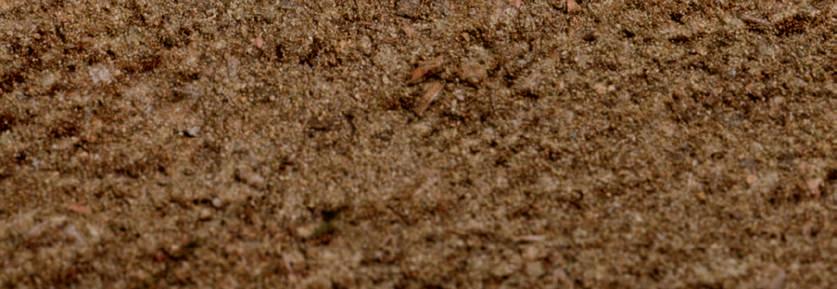

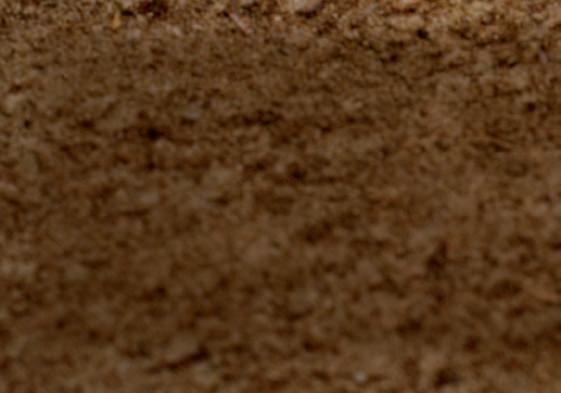


A revolutionary peanut fungicide has landed. Featuring groundbreaking chemistry, Miravis ® delivers unsurpassed potency against early and late leaf spot. This game-changing innovation also offers residual control for 28 days or more, giving you the ability to manage disease and enhance yield potential like never before. Talk to your trusted Syngenta retailer to learn more or visit SyngentaUS.com/Miravis


doned due to drought or other reasons, there is a chance that the potassium level may be high. An increased amount of soil potassium can interfere with calcium uptake. Make sure to test soils and water, and adjust the fertilizer application based on the residual nutrient status.
What Top Growers Do
Many states had high yields for the 2019 growing season. Even though some of the Virginia-Carolina region was dry during the summer, overall yields were close to record levels. This was due in part to an excellent harvest season, especially in September and early October.
Growers in the North Carolina peanut production contest complete a survey, and several themes have developed as contributing to their success. Weather is a key factor, and farmers are quick to recognize how fortunate they are when this uncontrollable factor lines up with what the peanut crop needs.
Top growers often put peanuts on land that would be considered ideal for production. They indicate that establishing an adequate peanut stand is also a part of the equation. There are few, if any, gaps in stands in these growers’ fields. Most top growers invest in intensive pest management strategies and a well-protected crop. Almost all growers point to timeliness of management and practices they put in place. Applying insecticides for thrips and other insect pests and, if necessary, miticides to control spider mites, are important as well.
With respect to weeds, top growers have effective herbicide programs at planting, which give them time to apply postemergence herbicides to small weeds. This limits interference and reduces the need for follow-up herbicide applications.
Fungicide programs are not excessive but complete. They are on an effective schedule with diverse chemistries so they get optimum protection from leaf spot. Most of the top growers have their digging and harvesting equipment in line with acreage, and this allows them to let peanuts reach optimum maturity before digging. When they are ready to dig, they can complete this operation quickly with limited pod loss. These farmers demonstrate the importance of observing and taking care of details. This approach is something we can all learn from for our peanut production systems. DAVID JORDAN North Carolina State University Extension Agronomist
Minimize Early Season Risk
A few key decisions help minimize risk early in the season. Take soil samples of every field and apply nutrients as needed to ensure that pH and fertility levels are appropriate for producing a high-yielding crop. Several fields in Georgia had fertility deficiencies and/or low pH soils last year, costing growers yield potential.
Time planting carefully. With the threat of reduced quality and higher prices for seed in 2020, growers need to not plant into cool, wet soils below 68F, nor in hot, dry conditions. Both can lead to a decreased stand and an increased risk of TSWV.
Be diligent in using all of the cultural practices indicated in Peanut Rx to reduce virus incidence. Good cultural practices include planting after May 10, seeding rate of six seed per foot, twin-row configuration and reduced tillage with a cover crop. Growers also need to consider using Thimet, especially in early planting. Based on surveys conducted during production meetings this winter, the highest levels of TSWV were observed by growers who did not include Thimet in thrips management.
To further reduce skips or stand loss, consider these items at planting. Watch your speed. Research has shown planting too fast can result in non-uniform stands. Apply an inoculant. Applications of inoculant every year can reduce the risk of nodulation failures. Never apply fertilizer in-furrow at planting, whether bio-based or traditional fertilizer. We have observed situations where this practice has injured seed severely enough to cause stand loss as well as a reduction in the viability of inoculants.
As you get started this season, ask questions and consider the risk of your decisions. Be proactive in minimizing as many potential issues that may impact the economic returns of your 2020 crop. Contact your county agricultural agent for more information. PG SCOTT MONFORT University of Georgia Extension Agronomist
Since 1951! For All Your Extra Strength Farm Equipment Needs
2 Bin Rear Discharge 3 Bin Side Discharge 4 Bin Side Discharge



ST67 Seed Tender ST250 Seed Tender ST350 Seed Tender
1010 Gal Nurse Trailer


1615 Gal Nurse Trailer 2015 Gal Nurse Trailer
2600 Gal Nurse Trailer
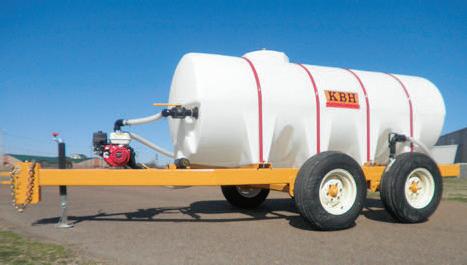

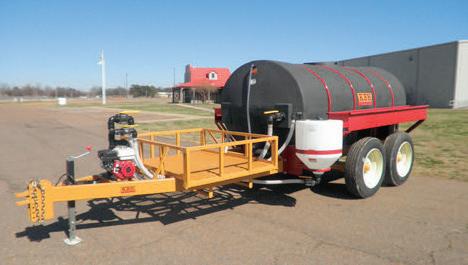
6000 Gal Tanker Trailer 3 Point Hitch Tool Bar
710 Gal Tool Bar


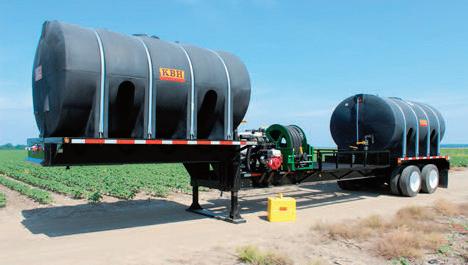
1010 Gal Ox Tool Bar 1035/1310 Gal Tool Bar
1010/1610 Gal Tow Tanks




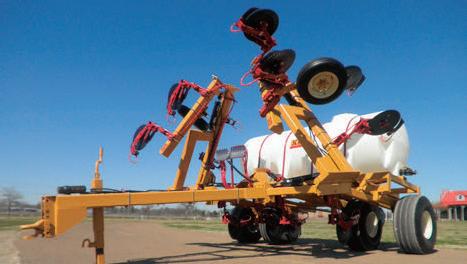
Hydraulic Tilt Trailer Poly Tanks
Hopper Bottom


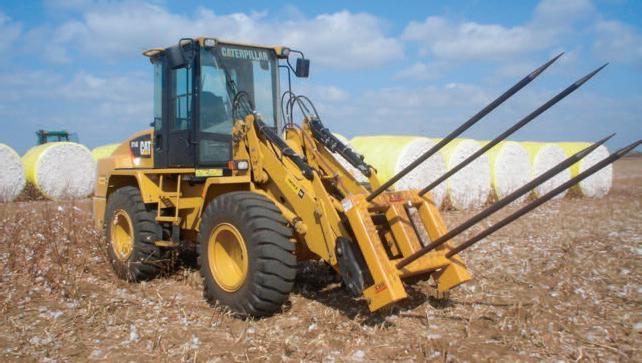
Round Module Cotton Spear Cotton Transport Trailer
www.kbhequipment.com (800) 843-5241
P.O. Box 670 • 395 Anderson Boulevard Clarksdale, MS 38614
Leaf Spot? ELAST is your answer.

A powerful and economical alternative to chlorothalonil fungicide for leaf spot control.
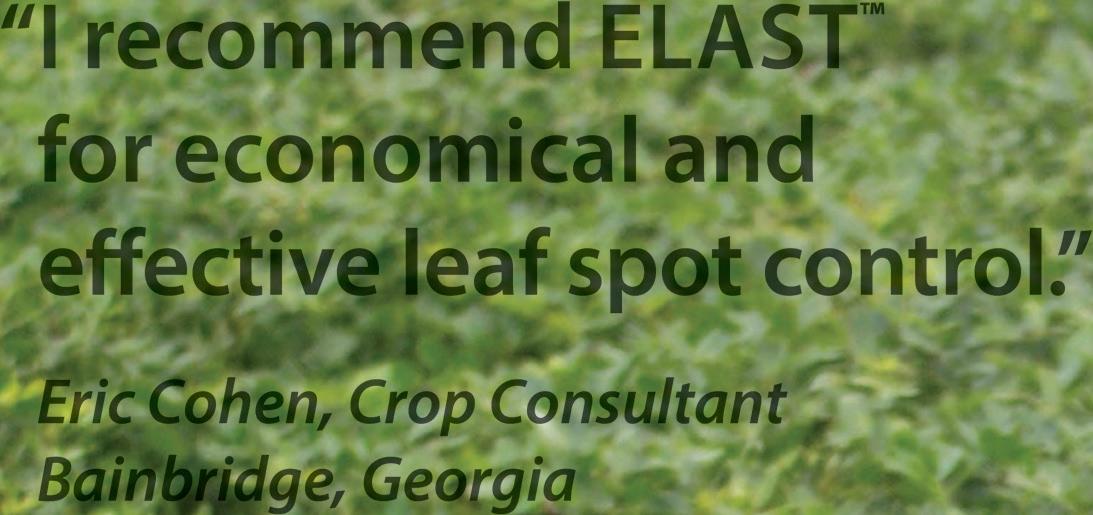

Eric Cohen, Crop Consultant Bainbridge, Georgia
RECOMMENDED USAGE Stand Alone Treatment Applications 1, 2 & 7 at 15 fl.oz. per acre In Tank Mix Treatment Applications 3–6 at 12.8 fl.oz. per acre



















